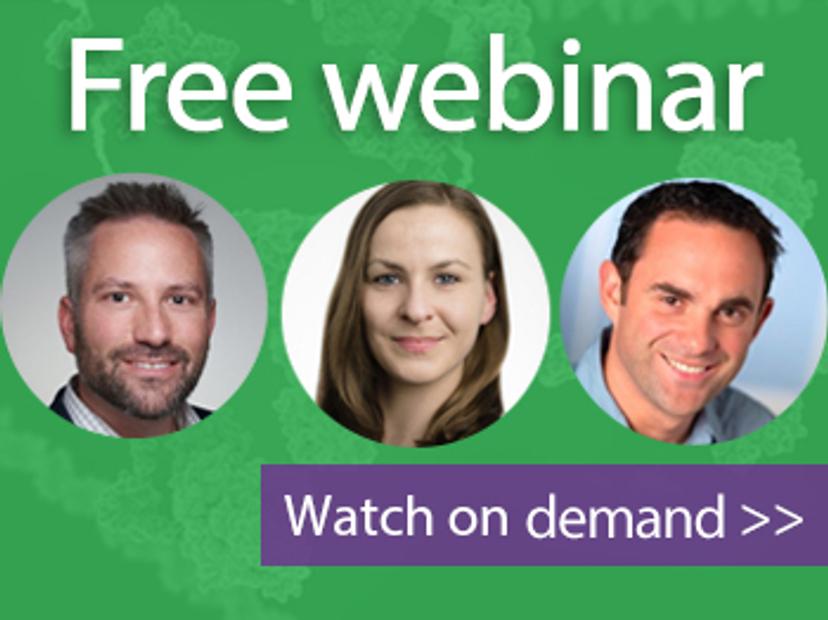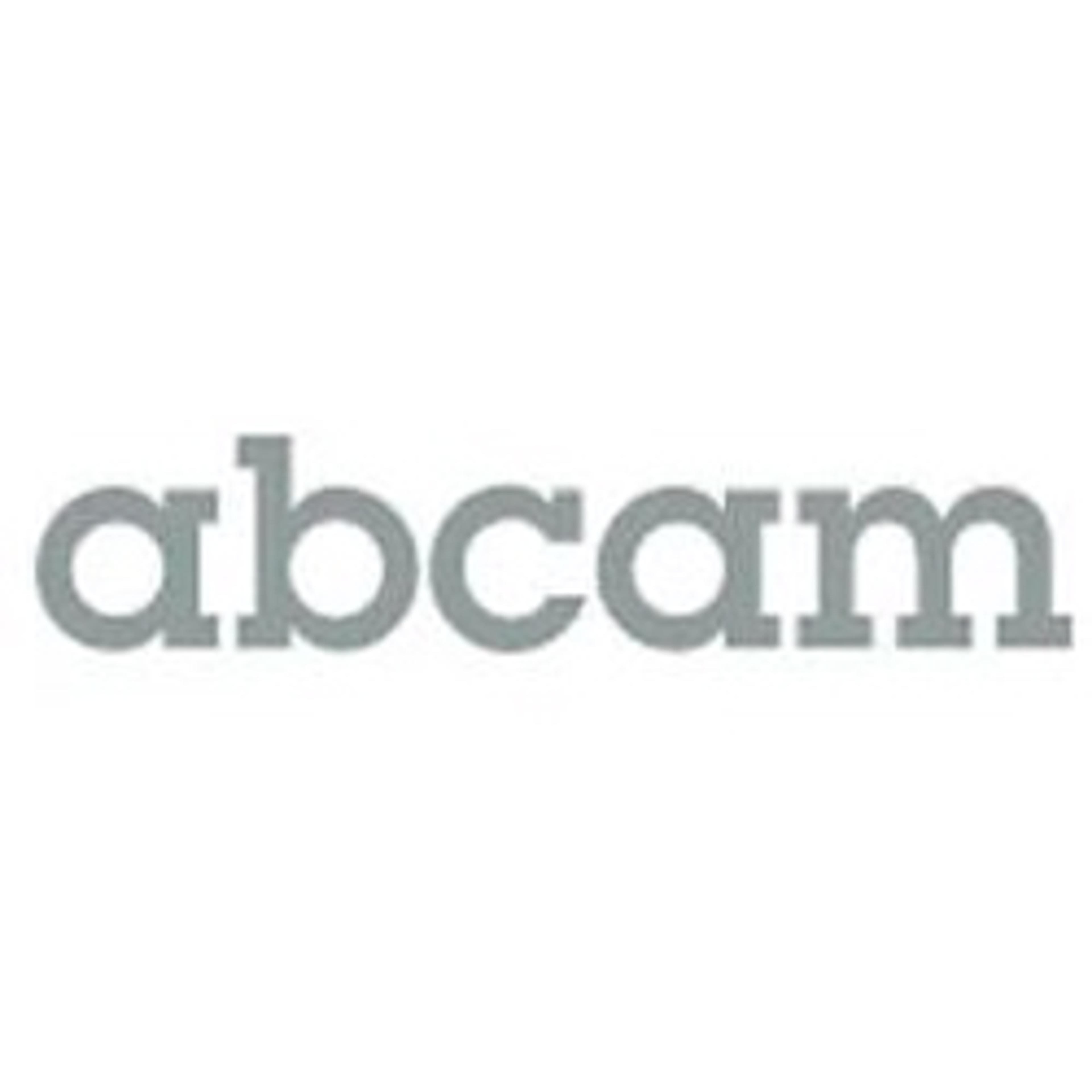Accelerating therapeutic discovery for age-related immune diseases with multiplexed assay technology
Catch up on this on-demand webinar to discover how combining multiplexing with HTS could streamline your drug discovery
29 Jun 2021

High-throughput screening (HTS) technologies play an important role in drug discovery and development, and the ability to combine this with multiplexing can yield valuable data and accelerate the discovery of novel therapeutics.
In this SelectScience webinar, now available on demand, three industry experts discuss the multiplexing assay technology that effortlessly combines HTS and multiplexing. Together, Dr. Will Van Trump, Spring Discovery, Dr. Delia Bucher, Assay.Works, and Paul Wylie, Abcam, outline the assay principle and workflow, explore the advantages of utilizing multiplexed assays in early drug discovery, and describe how this technology is enabling the identification of small molecule compounds that can rejuvenate the immune system.
Think you’d benefit from this webinar, but missed it? Read on for highlights from the live Q&A session or watch the webinar at a time that suits you.
Watch on demandQ: How much validation does the kit need?
DB: We didn't have to do a lot of validation, but we had to adapt the workflow to our automation equipment. This takes a bit of time, but the workflow is quite simple, so it's definitely something for high throughput.
WVT: Yes, we tend to be a little more paranoid about things, so we did go through a number of validation steps before we started running our major screens on it. The first was set up on the high-content imagers. There is a system provided by Abcam for establishing the configuration of the high-content imagers and validating that it is working correctly. Following that, we ran a number of standard validations to look at assay performance and confirm that it met the standards that we needed for the tests, and then we ran the assay on a number of treated cell lines. For these, we knew what the responses should have been, so we were able to validate it based on the fact that we were seeing the responses in the cytokine channels that we expected.
The final step was our initial screen runs. For these, we did everything in replicate to make sure that we were getting consistency and were able to characterize the performance of the assay for our screen across a wide range of the assay’s dynamic range.
Q: Were the PBMCs activated by LPS before the detection of cytokines?
WVT: We've definitely used the FirePlex assay and workflow in a number of our studies, and for many of them, we'll do a pre-activation with LPS. For the data that I presented, there was no pre-activation. We let the viral infection itself serve to activate the cell population. So, what you're seeing is cytokine release - predominantly by monocytes but through a number of the different cell types - in response to the virus, without any additional exogenous stimulation factor.
Q: Do you see differences in cytokine levels in young versus old for uninfected samples?
WVT: We did not in the screen. We were unable to detect statistically significant differences in the cytokines, at least for the probes that we were using in this study for the uninfected basal-state PBMCs. However, we did find that as you increase the amount of infection, as the MOI goes up, the signal separation between young and old also increases, so that by the time we got to an MOI of 10, we saw the strongest statistically significant differences in a number of cytokines between young and old donors.
Q: Can the FirePlex® assay be further miniaturized to 1536-well plates?
PW: Yes. We launched the FirePlex 34 version a couple of years ago, and we've now expanded that to a 1536-well format where we could do up to a five-plex. And we're currently in the beta phase testing of this. We've run it in the lab, and we're now looking for beta partners to test workflows and performance in the lab. It works using the same principle and is designed for automation workflows capable of doing more high-throughput versions of the assay.
Q: Are you able to discern different immune cell subclasses from the cell painting data?
WVT: That's a good question, and it's something that we've been actively looking into. In some cases, yes, if we include a CD14 or CD16 surface marker label in the cell painting assay, then we can discern those subclasses. But that's sort of cheating, in a way. We've been trying to develop models to screen out differences between different T cell populations, and we do see clustering. So, we see groupings of cells, but they don't, at first glance, appear to align one-to-one with more traditional immune subtype populations. This is an active area of investigation for the team.
Q: Is the final wash step prior to reading?
PW: Actually, there is no wash step at all. The way the assay works is a two-step protocol. In the first step, you add all the reagents required plus the sample. This is then left shaking overnight. The following day, imaging dye is added. This is left for a few minutes, and then the assay is put straight into the imager to read. So, it is completely no-wash; it's just two additions.
Q: What are the key differences between the main multiplex immunoassay technologies and their advantages over immunoassays that only measure one analyte at a time?
PW: In terms of differences between other multiplex immunoassay technologies, one of the key parts to this one is the no-wash functionality. It's a very simple workflow. Also, we designed the assay to be run on a range of different systems. So, rather than having to buy a particular piece of instrumentation that only runs that one assay type, we're allowing people to use instrumentation that they may already have. This means it's much lower entry, and if you're not running that particular assay for that particular week or month, the instrument's not just sat there taking up expensive lab space.
And one of the benefits is. because you’re not doing a wash step, it's really good for the automation side to achieve high throughput, and actually, it's more robust. In fact, you get rid of a lot of the potential error steps. A lot of errors happen during sample manipulation or wash steps. And this process just eliminates all those potential points of error. So, that's one of the big advantages over other systems that are out there.
WVT: One of the challenges that we have is that when we're running these very large screens in a 384-well format, we tend not to have a tremendous amount of supernatant material to run the assay on. Trying to fraction that out to a number of different single-plex assays can be a challenge. Spring Discovery’s approach is to try to accumulate as much data as possible and then run that through our models. We're always looking to try to include as much input data as we possibly can, so more and more probes is always beneficial.
Q: Are there more analytes other than cytokines that could be run?
PW: Yes, that's something we're working on now. What we are going to expand on more is looking at gathering pools of analytes. So, rather than having pre-made panels, we are going to make analyte pools, and you can go in and do what we're calling mix and max, where you select the particular analytes of interest. The idea is, because Abcam is an antibody company, we have a vast array of antibody pairs that could in theory be put onto this platform. Our aim over the next few months and years is to increase this to a much wider range, from neurodegeneration and oncology to a whole range of different targets. That's our aim moving forward, to expand that content out.
Q: Why did you use an ELISA approach to interrogate cytokine levels rather than looking at gene expression patterns?
WVT: We're certainly interested in gene expression, and this is part of our follow-up studies when we delve a little further into top lead candidates. Currently, we don't look at gene expression across the entire set of samples for the screen, for a couple of reasons. One is cost and logistics: trying to run that many different input samples through a gene expression profile would be rather expensive in comparison to being able to run the FirePlex in this ELISA approach where we do get expression, or at least a proxy for expression levels of cytokines very inexpensively in comparison.
The other aspect is the workflow for this assay pairs really nicely with the cell painting approach because we can take the exact same wells that we do the imaging on and apply our models to them to derive cytokine levels in that specific well. This means we get an exact one-to-one correlation between the images taken and the amounts of cytokines.
Register to watch the full webinar here>>
SelectScience runs 10+ webinars a month across various scientific topics, discover more of our upcoming webinars>>

